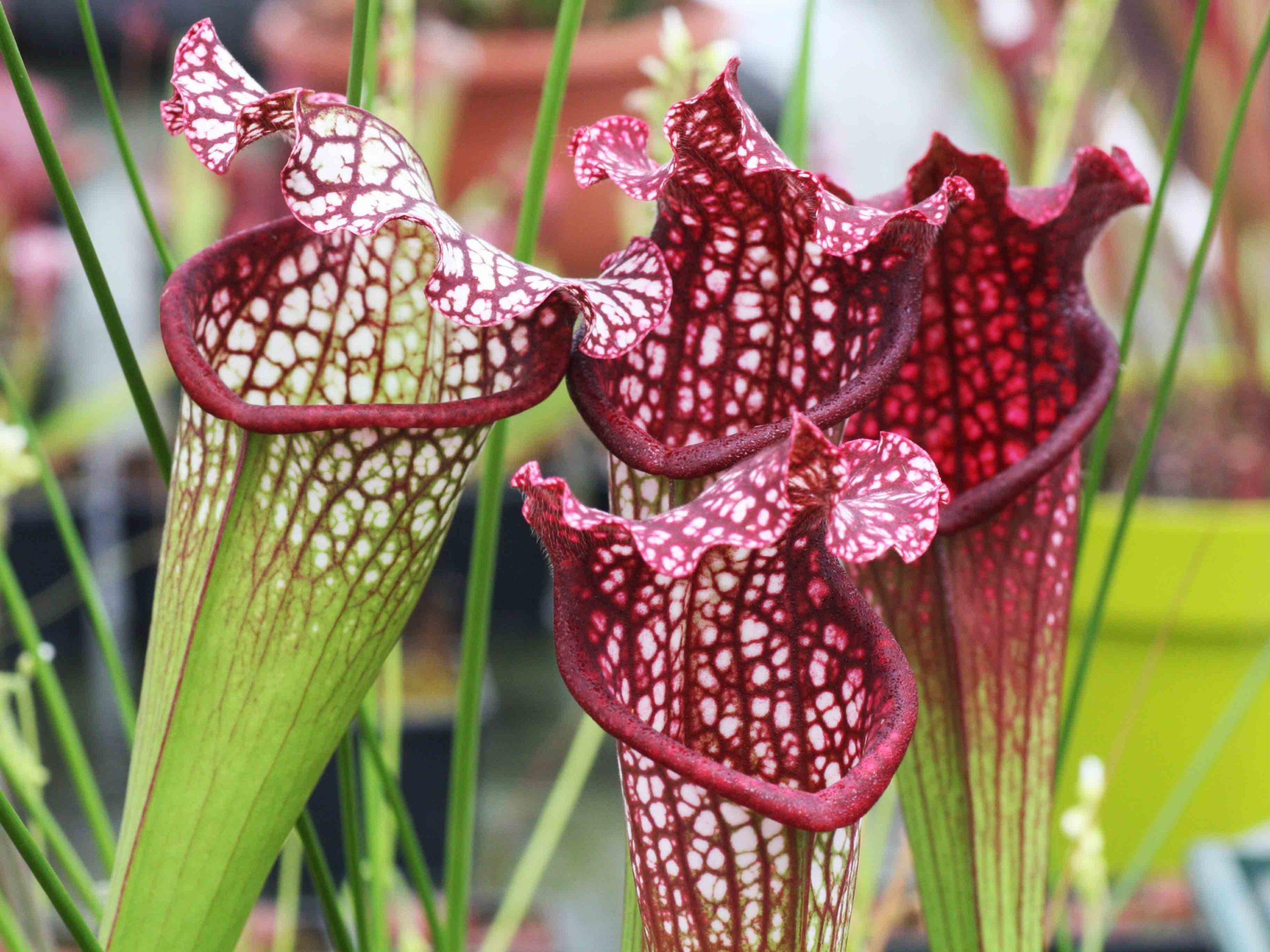Fascinating World of Carnivorous Plants
Ever wondered about plants that eat insects? The world of carnivorous plants, also known as insectivorous plants, is a captivating blend of nature's ingenuity and survival tactics. These botanical marvels have evolved to thrive in nutrient-poor environments by supplementing their diet with unsuspecting prey.
Carnivorous plants, or meat-eating plants, challenge our conventional understanding of the plant kingdom. They've adapted to lure, trap, and digest insects and other small creatures, a fascinating departure from the typical plant diet of sunlight, water, and soil nutrients. These adaptations make them unique and intriguing subjects of study.
The term "carnivorous plants" encompasses a diverse group of plant species, each with its own unique trapping mechanisms. From the snap-trap of the Venus flytrap to the sticky tentacles of the sundew, the ingenious methods these plants employ to capture their prey are a testament to the power of natural selection.
But why did these plants evolve to become carnivores? The answer lies in the nutrient-deficient environments they inhabit, often bogs, swamps, or rocky outcrops. In these harsh conditions, capturing and digesting insects provides a crucial source of essential nutrients, particularly nitrogen and phosphorus, which are scarce in the soil.
The history of carnivorous plant research is intertwined with fascination and scientific discovery. Charles Darwin himself was captivated by these plants, devoting considerable time to studying their intricate mechanisms. His work laid the foundation for our understanding of these remarkable organisms.
Carnivorous plants have captured the imagination of scientists and enthusiasts alike for centuries. Their unusual feeding habits and intricate trapping mechanisms make them a subject of ongoing research and fascination. One key challenge is conservation, as habitat loss and poaching threaten some species.
One of the advantages of having carnivorous plants, particularly in a controlled environment like a greenhouse or terrarium, is natural pest control. They can help reduce populations of unwanted insects, like gnats or flies.
If you're intrigued by the idea of cultivating carnivorous plants, a good starting point is with readily available species like Venus flytraps or sundews. These plants require specific conditions to thrive, including bright light, acidic soil, and pure water. Avoid using tap water as the minerals can harm them.
Advantages and Disadvantages of Carnivorous Plants
| Advantages | Disadvantages |
|---|---|
| Natural pest control | Specific care requirements |
| Fascinating and unique additions to a plant collection | May not effectively control large pest infestations |
| Educational and engaging for children and adults | Can be sensitive to environmental changes |
Five examples of carnivorous plants include: Venus flytrap (Dionaea muscipula), Sundews (Drosera), Pitcher plants (Nepenthes and Sarracenia), Butterworts (Pinguicula), and Bladderworts (Utricularia).
FAQ:
1. What do carnivorous plants eat? Primarily insects, but some larger species can trap small amphibians or reptiles.
2. How do carnivorous plants digest their prey? They produce enzymes that break down the captured insects.
3. Do carnivorous plants need sunlight? Yes, they require bright, indirect light.
4. Can I feed my carnivorous plant meat? No, stick to insects or appropriately sized insect food.
5. How often should I water my carnivorous plant? Keep the soil consistently moist but not waterlogged. Use distilled or rainwater.
6. Where can I buy carnivorous plants? Reputable nurseries or online retailers specializing in carnivorous plants.
7. Are carnivorous plants dangerous to humans? No, they pose no threat to humans.
8. Can carnivorous plants survive outdoors? Many species can, depending on the climate and specific plant requirements.
Tip: Research the specific needs of the carnivorous plant species you choose to ensure its health and longevity.
The world of carnivorous plants offers a fascinating glimpse into the diverse strategies employed by nature for survival. From their intricate trapping mechanisms to their specific care requirements, these plants are a source of wonder and intrigue. Understanding their needs and appreciating their role in the ecosystem allows us to cultivate these unique organisms responsibly and contribute to their conservation. By learning more about these fascinating plants, we can appreciate the delicate balance of nature and the incredible adaptations that allow life to flourish even in the harshest environments. Explore the world of carnivorous plants and discover the wonders they hold!
Fusil berthier mle 1916 histoire et caracteristiques dune arme francaise
Deleguer malin avec un mandataire guide complet et astuces
Decouvrir saint marcel en savoie un joyau alpin














